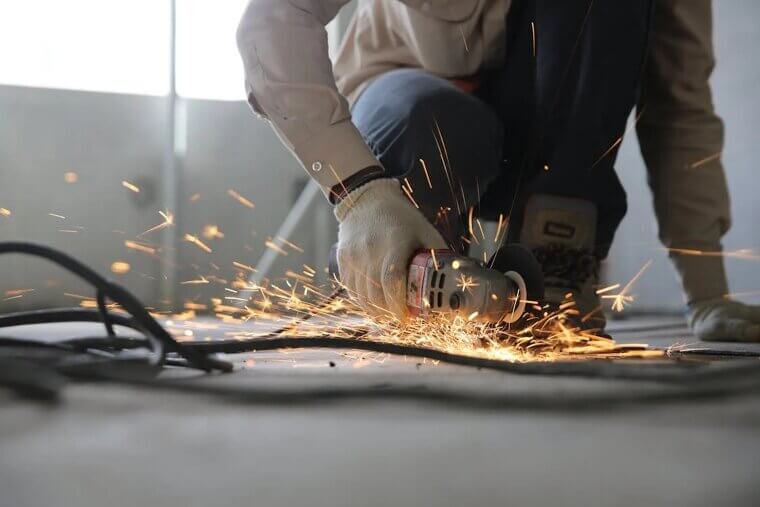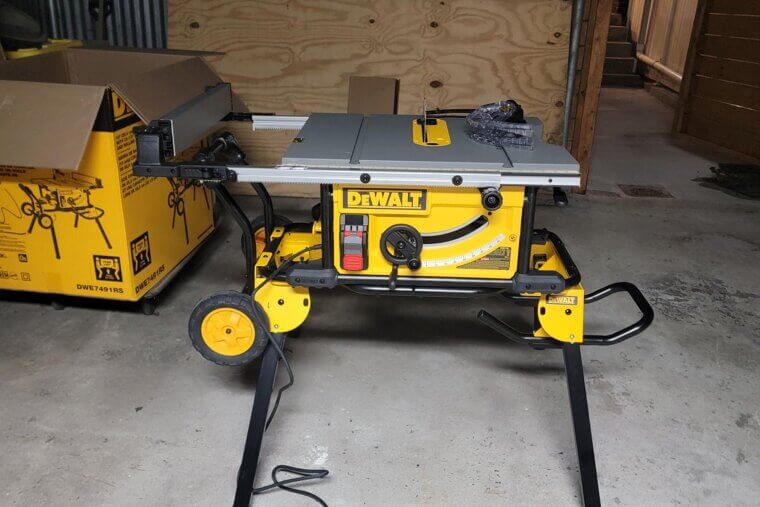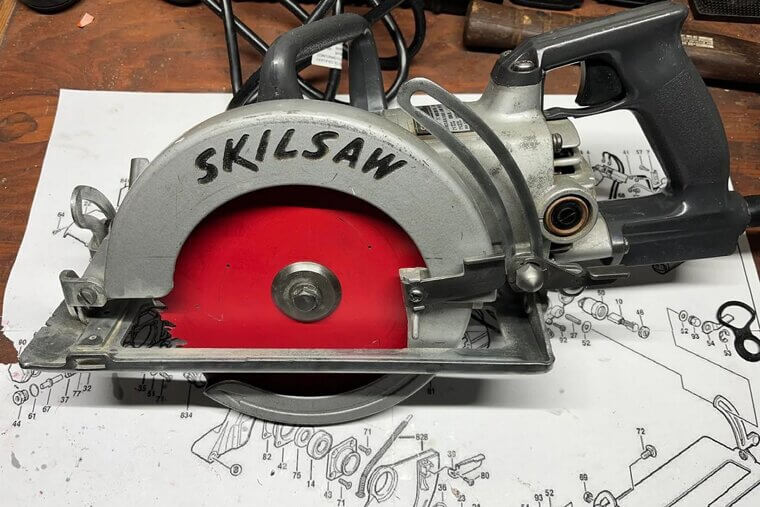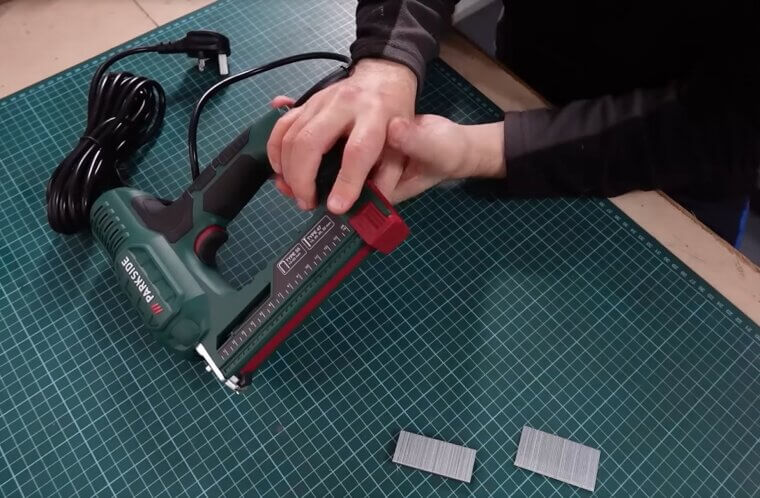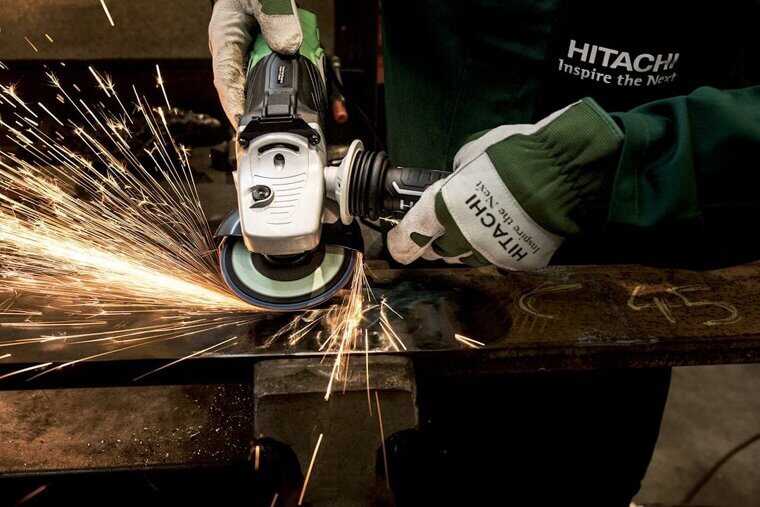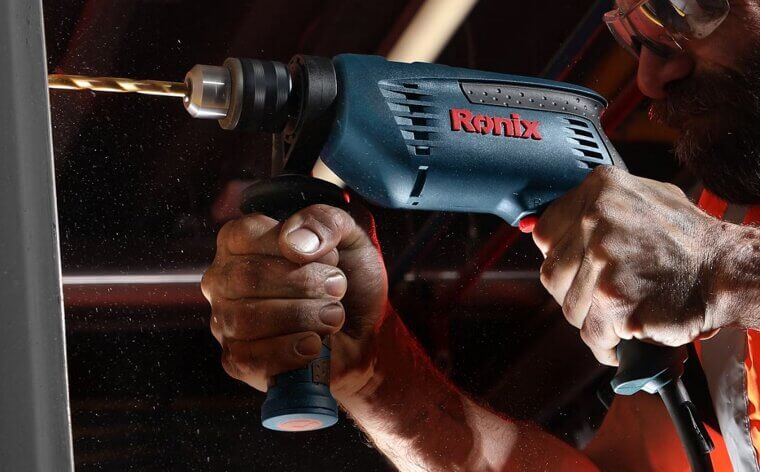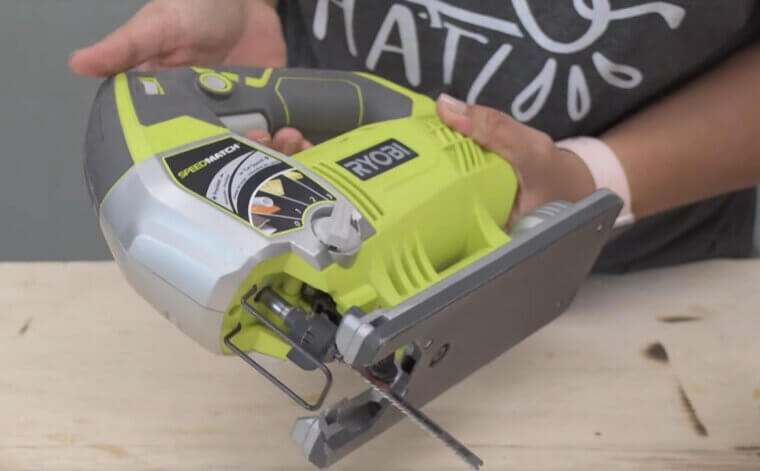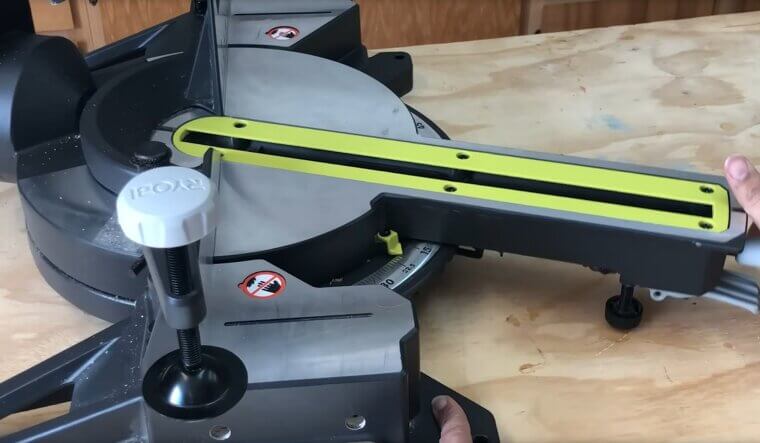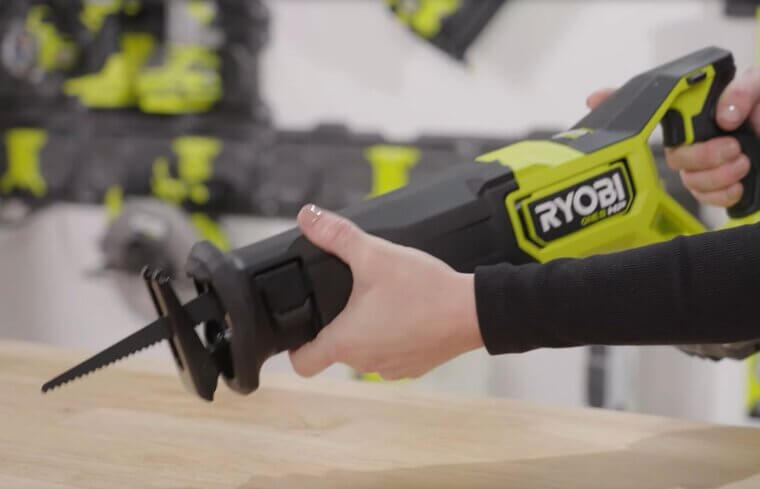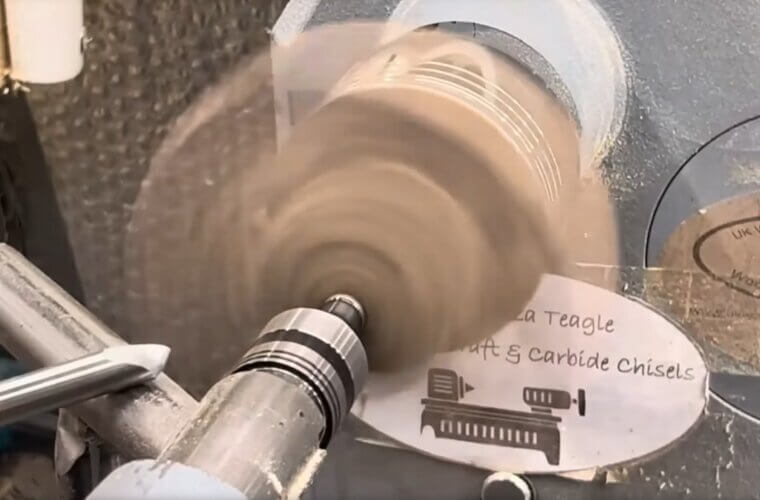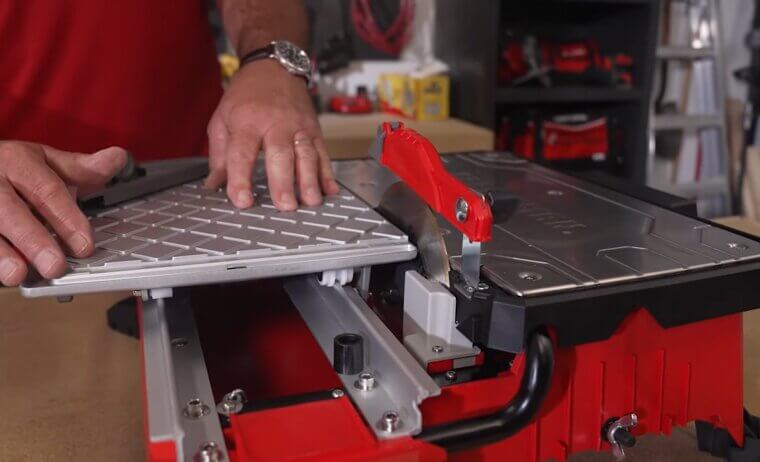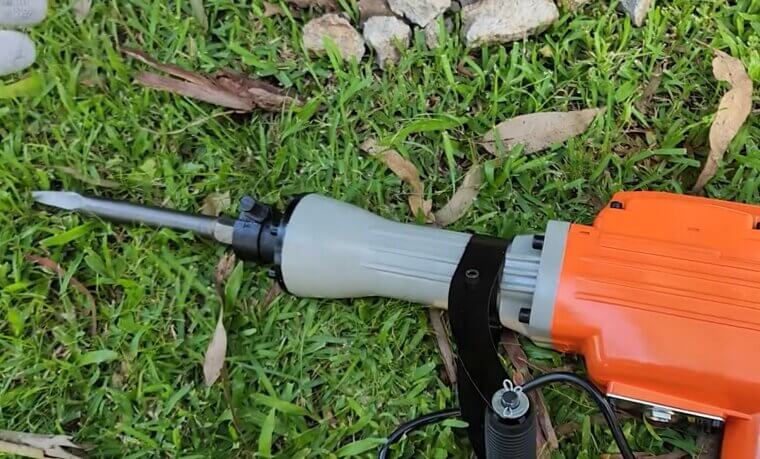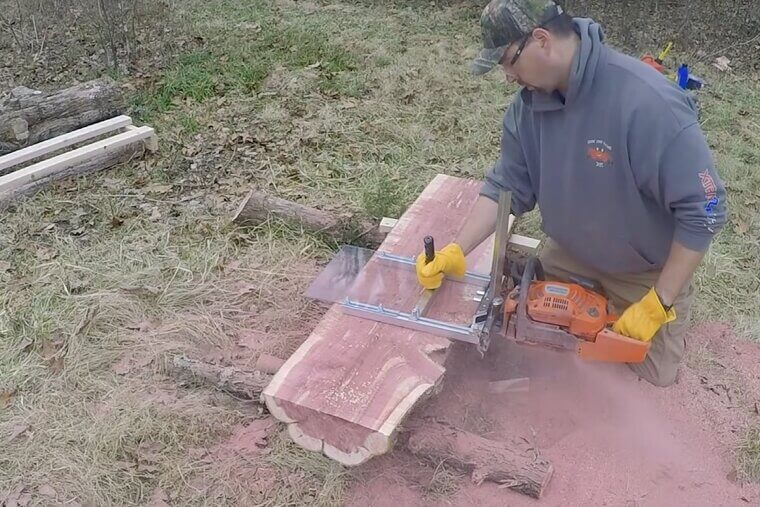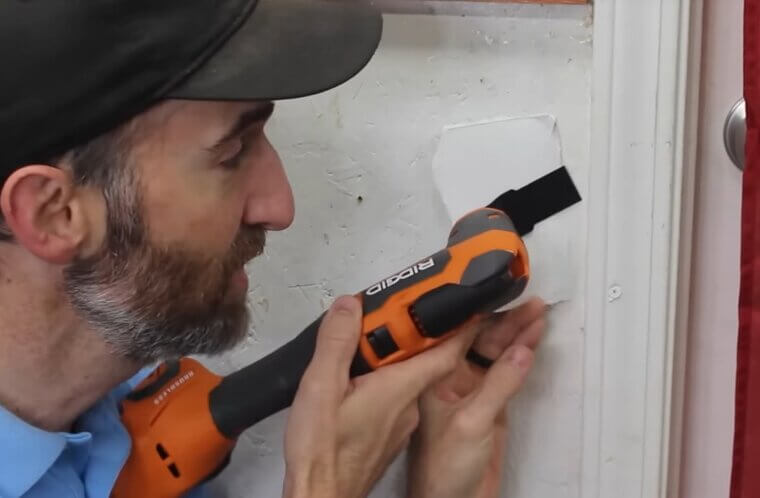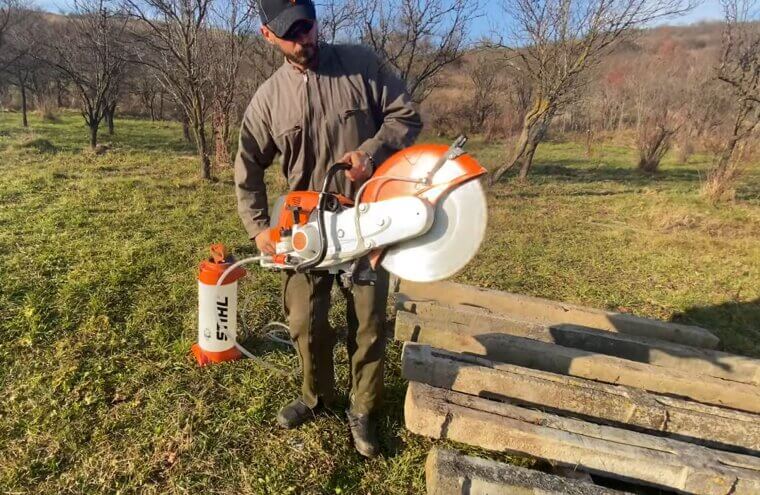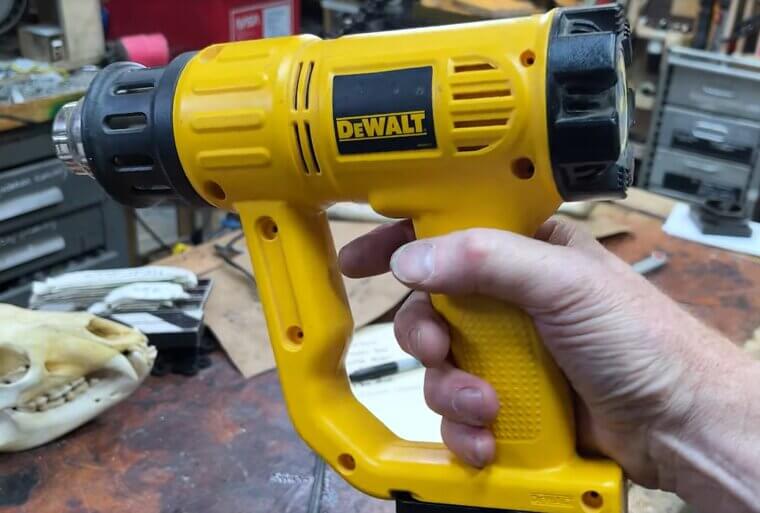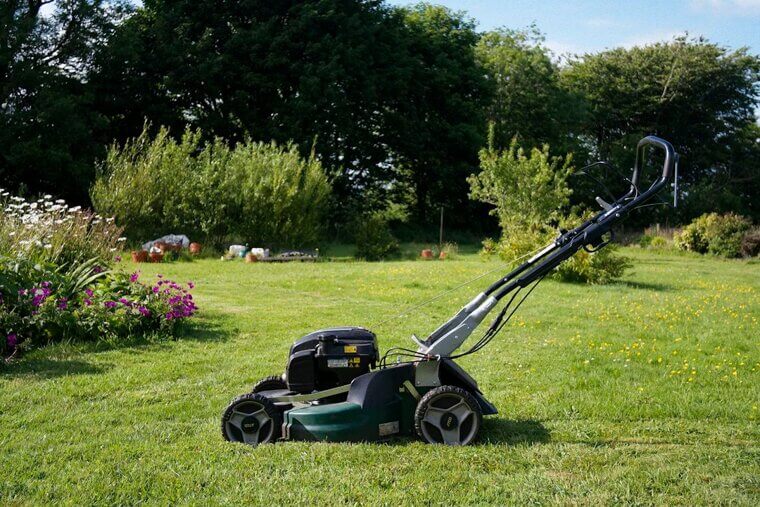Are You Taking All the Necessary Safety Measures?
Power tools are essential, of course, if you’re doing serious DIY work – but don’t forget they can also be dangerous. One wrong move with the wrong tool and you could easily lose a finger or worse. Here’s 20 of the tools you most need to be careful around.
Table Saw
The terrifying table saw is the king of workshop injuries. One slip or a moment of distraction, and you could be looking at serious, painful damage. Kickback is also a major danger, sending wood flying back at you like a missile. Even pros get hurt using these, so always use push sticks, safety guards, and your full attention.
Chainsaw
There’s a reason horror movies love this tool. It’s fast, loud, and utterly unforgiving. A chainsaw can chew through limbs in seconds, so you need to give it your full attention at all times. Full protective gear is a must. Wear gloves, chaps, helmet, goggles – everything.
Circular Saw
Handy? Yes. Scary? Also yes. Circular saws can kick back with serious force. They’re also loud and fast, making it easy to lose control. A slipping grip or unstable material can put your hand right in harm’s way. Make sure the blade guard works and always cut with a firm, steady hand.
Nail Gun
It sounds like a time-saver - and it is - but this tool basically turns nails into tiny bullets. So many people have ended up in the ER due to misfires, and yes, this tool can definitely kill you if you’re really unlucky. Never, ever let a child use a nail gun.
Angle Grinder
This tool is a spinning disc of destruction. When you’re cutting metal, the sparks fly… and so can fragments of the disc if it shatters. Angle grinders can rebound or slip and do real damage fast. Always wear eye protection and gloves, and never use a cracked or old disc.
Power Drill
People use these forgetting how dangerous they are. A power drill can catch clothing, twist wrists, and even puncture skin or bone if you lose control. The torque on high-powered models can surprise you. Make sure your bits are secure and use both hands when possible. And definitely keep loose sleeves far, far away.
Belt Sander
These things aren’t just for smoothing wood - they can also smooth your skin if you're not careful. The fast-moving belt grabs anything that touches it and doesn’t let go. It's also easy to lose control if it jerks unexpectedly. Secure your workpiece and keep your fingers well clear.
Jigsaw
It looks innocent compared to other power tools, but jigsaws can jump and bind if you're not holding them steady. The exposed blade means your fingers are always just inches from danger. And when cutting curves or awkward shapes, it’s easy to get too close.
Miter Saw
Miter saws are super powerful and can be dangerous if you're not paying attention. The spinning blade drops down fast, and if your hand slips, you’re in serious trouble. Always use the clamps and keep your hands out of the no-go zone.
Reciprocating Saw
The back-and-forth motion makes this tool versatile, but also hard to control. It can buck if it hits a nail or knot, and the exposed blade means you’ve got to stay focused. Keep a firm grip, don’t rush it, and always made sure you’ve read all of the instruction manual.
Wood Chipper
This is another one beloved of horror movies. Stick a branch into your wood chipper, and it turns it into mulch in seconds. But people have gotten too close, or leaned in too far, and paid the horrible price. Always feed branches from the side and never, ever try to unclog it while it’s running.
Lathe
Lathes spin wood or metal fast enough to fling pieces straight at your face. Loose clothing, jewelry, or even long hair can get caught and pull you in before you can react. Safety goggles, short sleeves, and a clear work area are a must.
Wet Saw
Wet saws combine spinning blades with slippery surfaces - not a great combo to say the least. It’s easy to slip or misjudge a cut, especially if the water isn’t flowing properly. And with fingers close to the blade, you’ve got very little room for error. Take your time and keep a tight grip on your tile.
Dremel Rotary Tool
It’s small, but don’t underestimate it. A Dremel spins fast enough to send bits flying and grind into skin in an instant. The tiny attachments can also break if misused, sending shrapnel straight at you. Eye protection is essential, so don’t neglect it.
Demolition Hammer
A demolition hammer can be hard to control, especially for beginners - it’s loud, heavy, and it shakes your entire body. Misuse can cause crushed toes, damaged knees, and even vibration-related injuries over time. Wear proper boots, gloves, and take breaks often if you want to use one.
Chainsaw Mill Attachment
Attaching a mill to a chainsaw turns it into a serious log-slicing machine - but it also adds weight, reduces control, and increases the danger. Kickbacks are more likely, and so are blade pinches. Only use it with proper safety gear, and never work alone in case something goes wrong.
Oscillating Multi-Tool
These are super handy for tight spaces - but it vibrates fast and has an exposed blade. It can slip quickly if your hands aren’t steady, especially when working on awkward angles. And don’t forget, those attachments heat up fast. Let it cool down before swapping them out.
Concrete Saw
Cutting through concrete looks tough, and it is, but it’s dangerous too. These saws are heavy, loud, and kick up a ton of dust. The blade is powerful enough to cause serious harm if it binds or kicks back. Always use water to keep dust down and wear a respirator, eye protection, and steel-toed boots.
Heat Gun
Not a saw or blade, but still dangerous. A heat gun can reach temperatures over 1,000°F, so it’s easy to burn yourself, start a fire, or melt nearby materials. People often underestimate how hot these get. Keep flammables away, wear gloves, and never set it down while it’s still on.
Lawn Mower
People underestimate them, but a lawn mower is essentially a big spinning blade on wheels. Rocks, sticks, or small toys can become deadly projectiles in its wake. And sticking your hand near the deck to unclog it is a big mistake. Turn it off completely before doing any maintenance - and always make sure you wear shoes rather than flip-flops while mowing.

